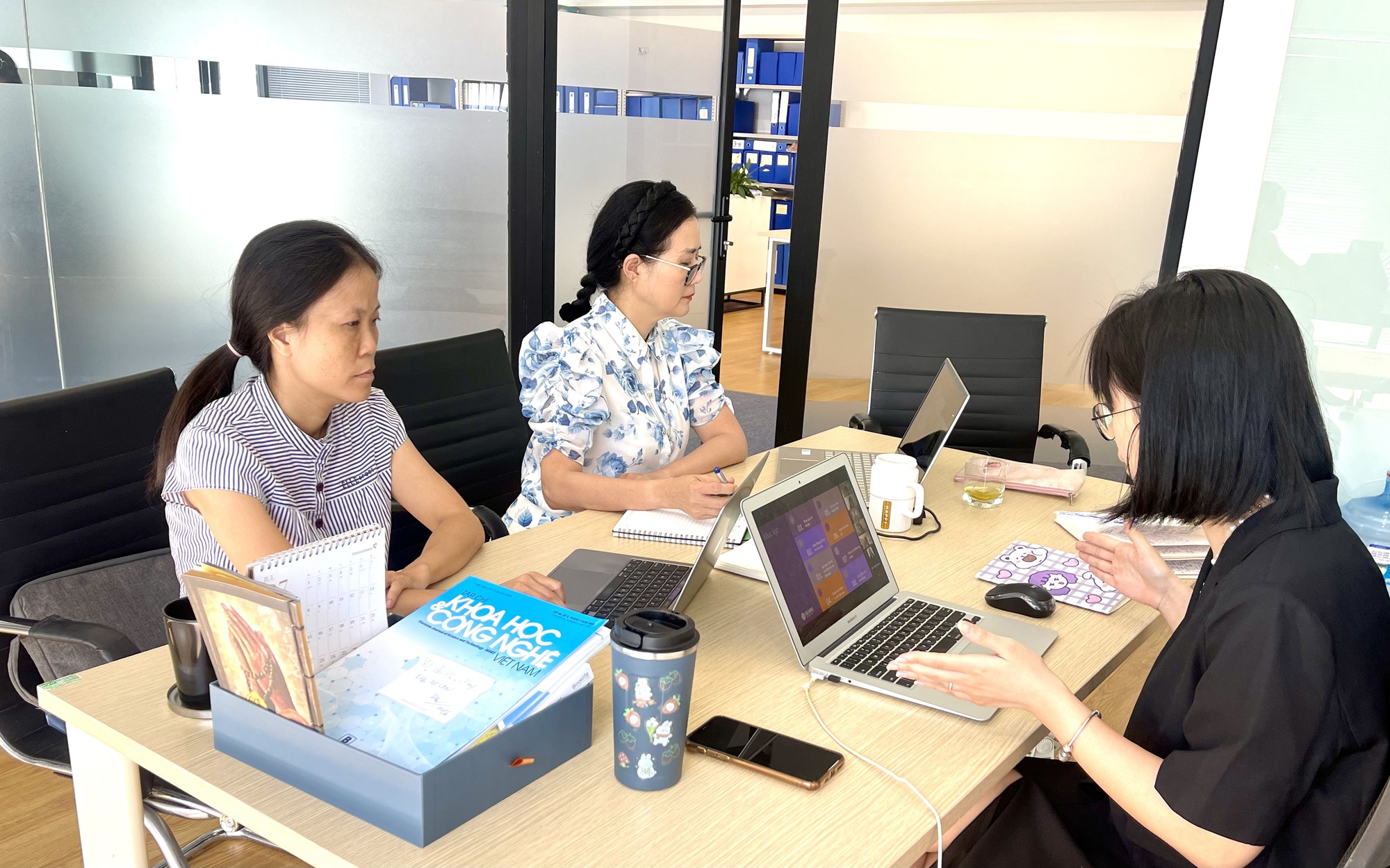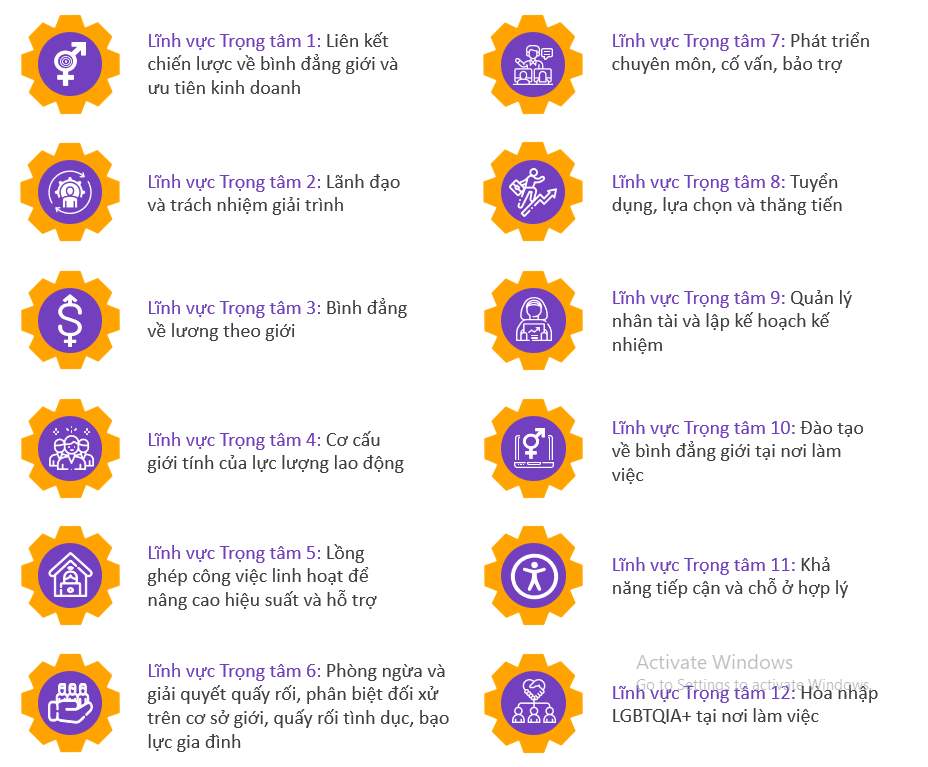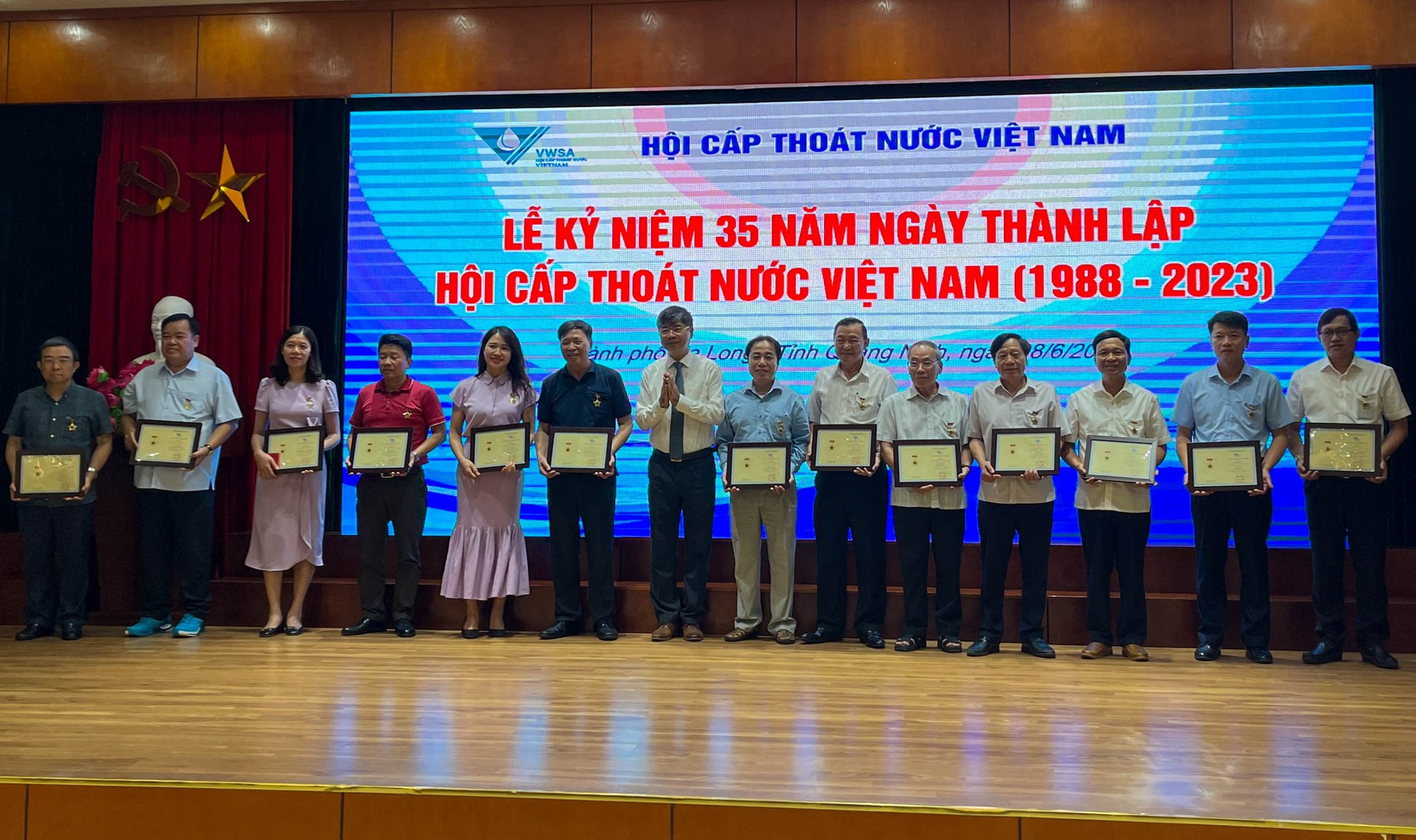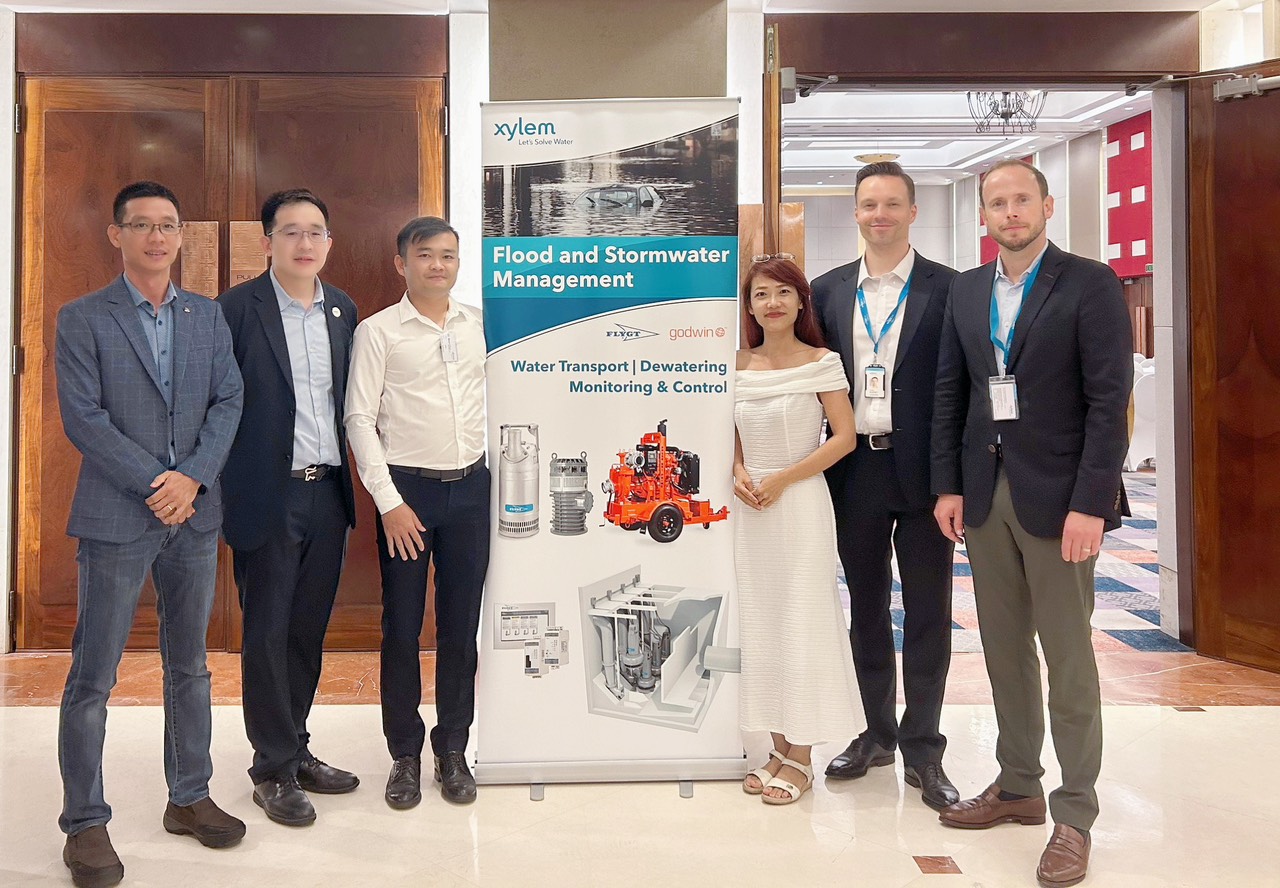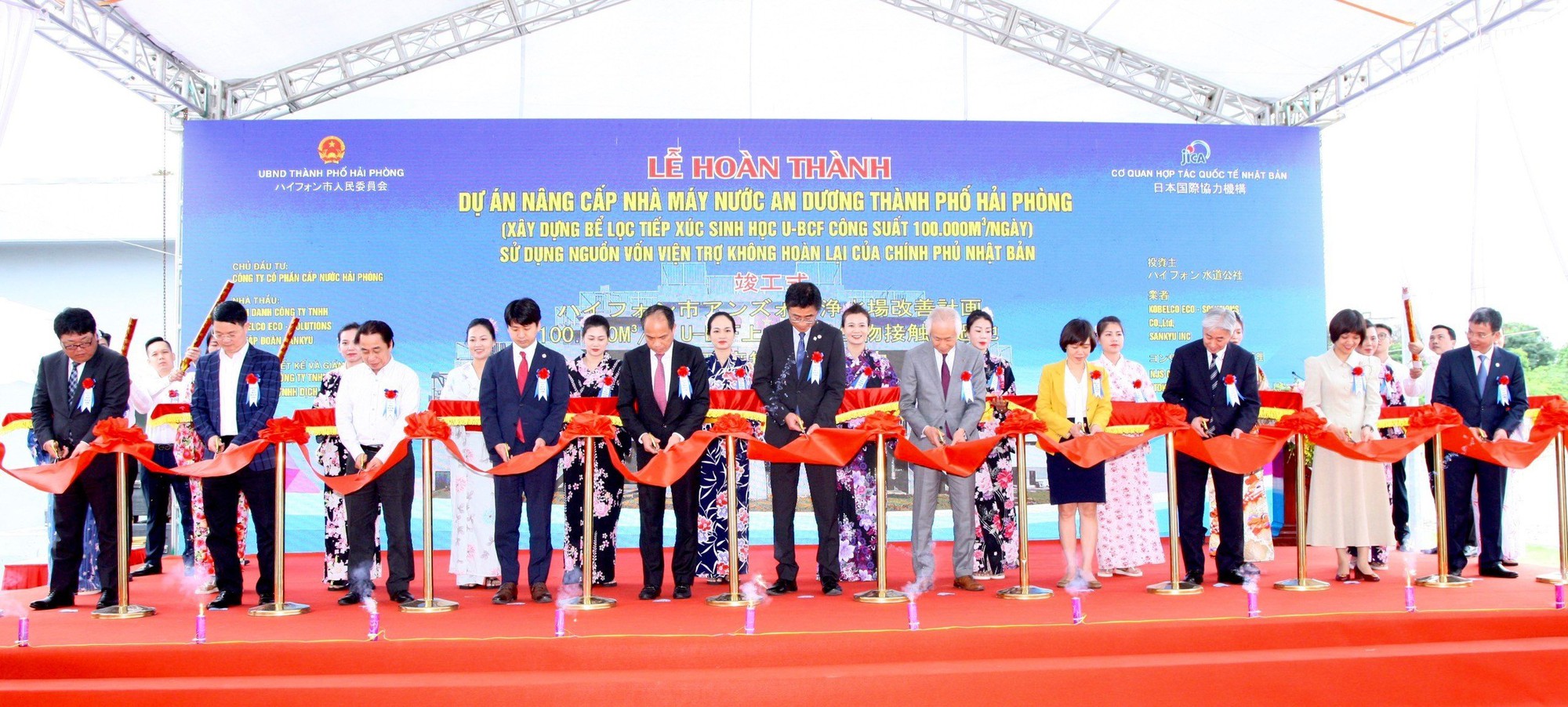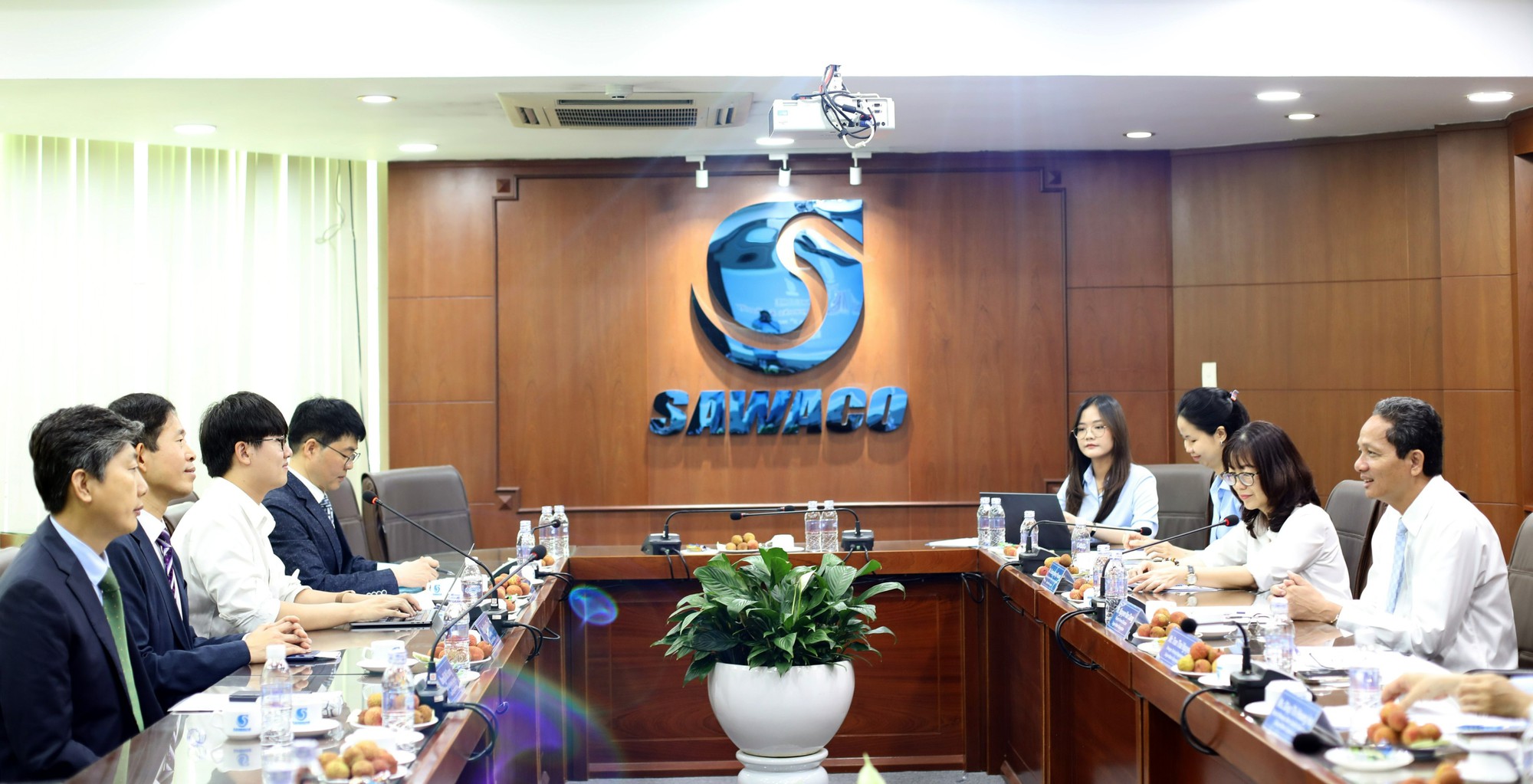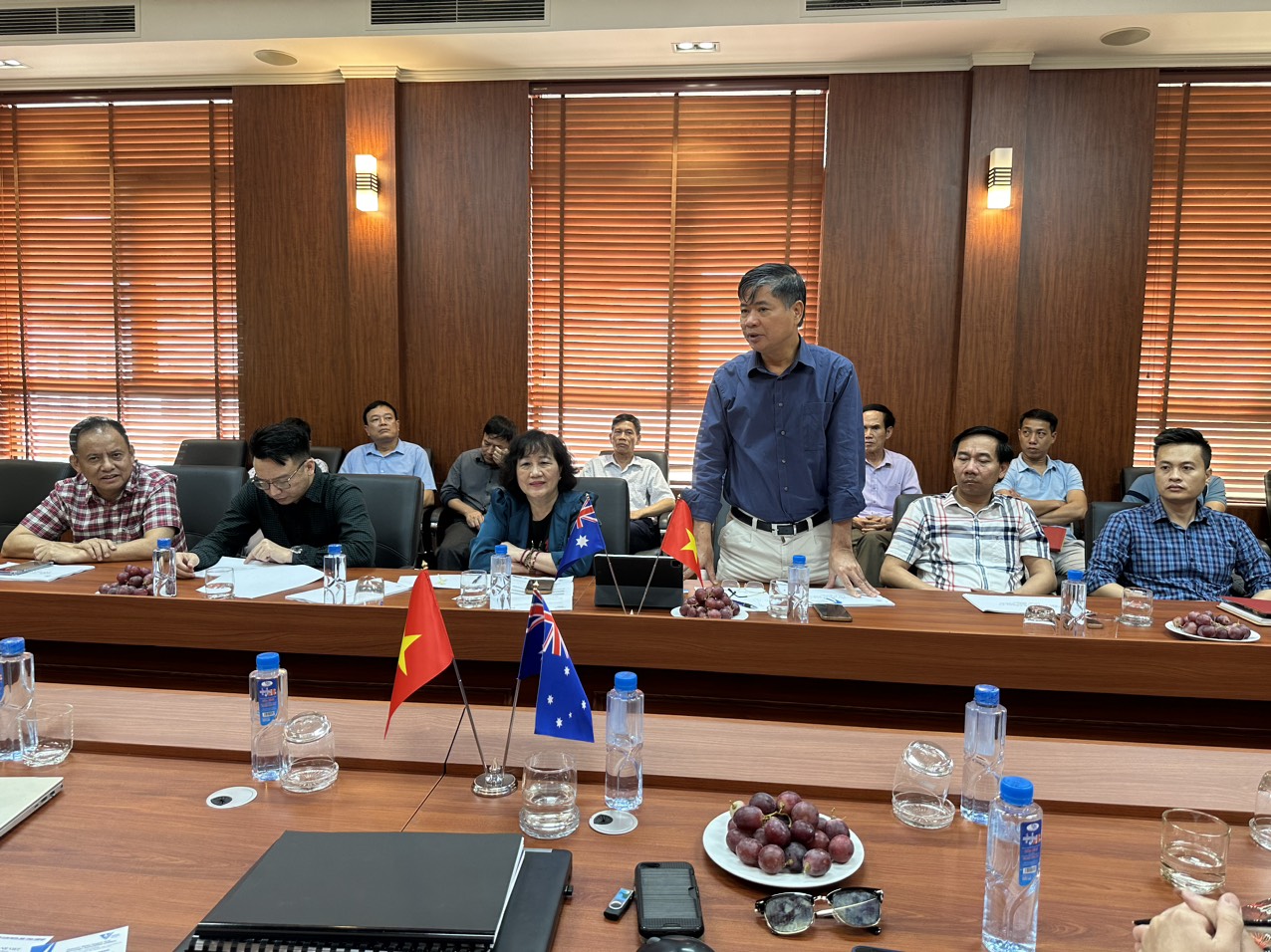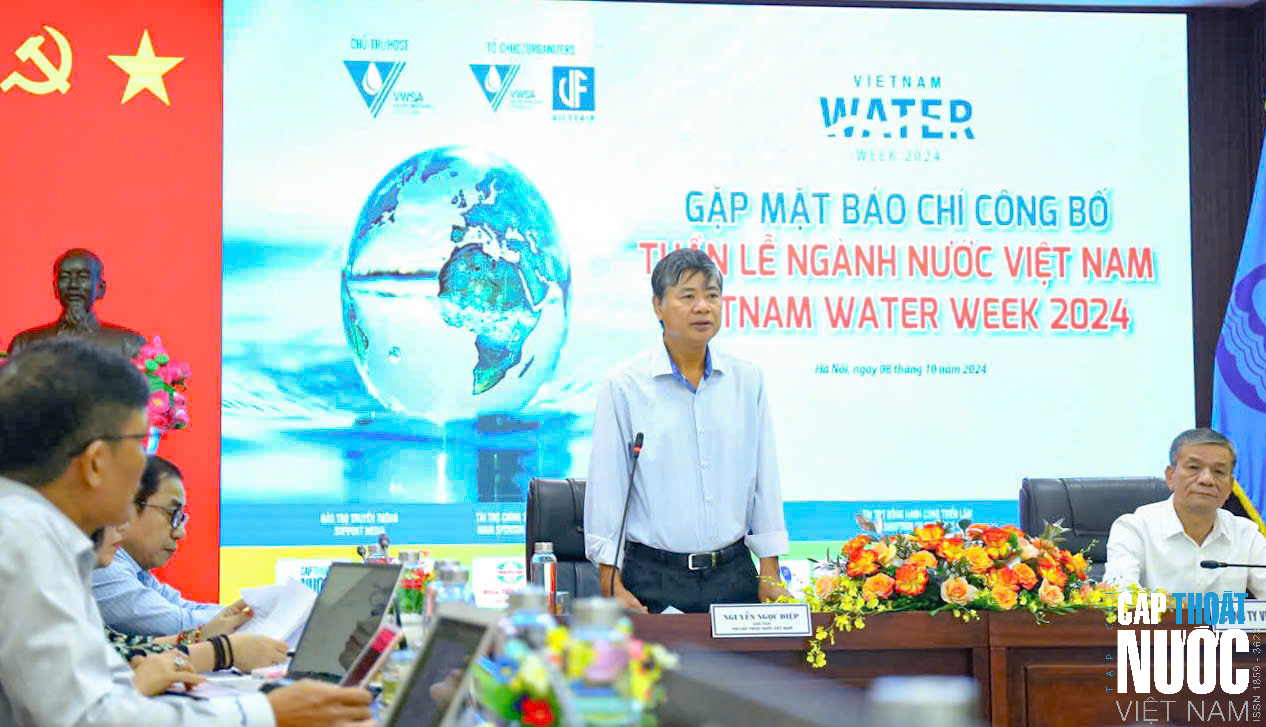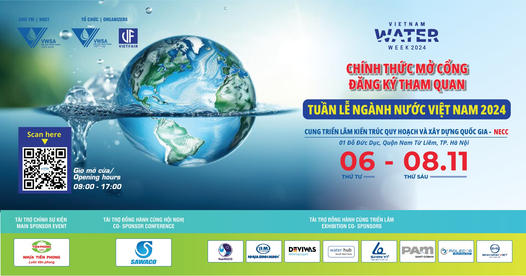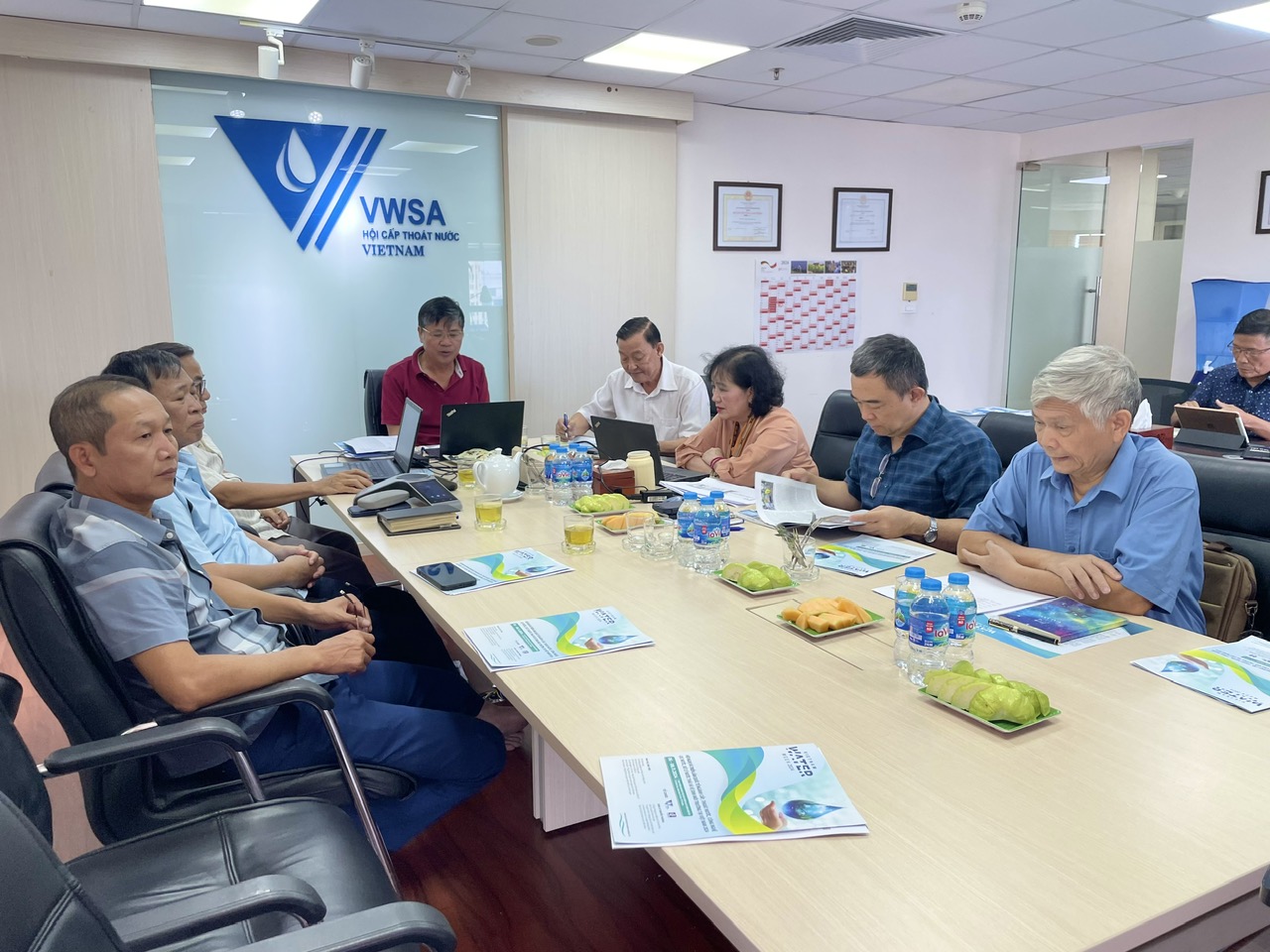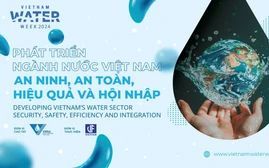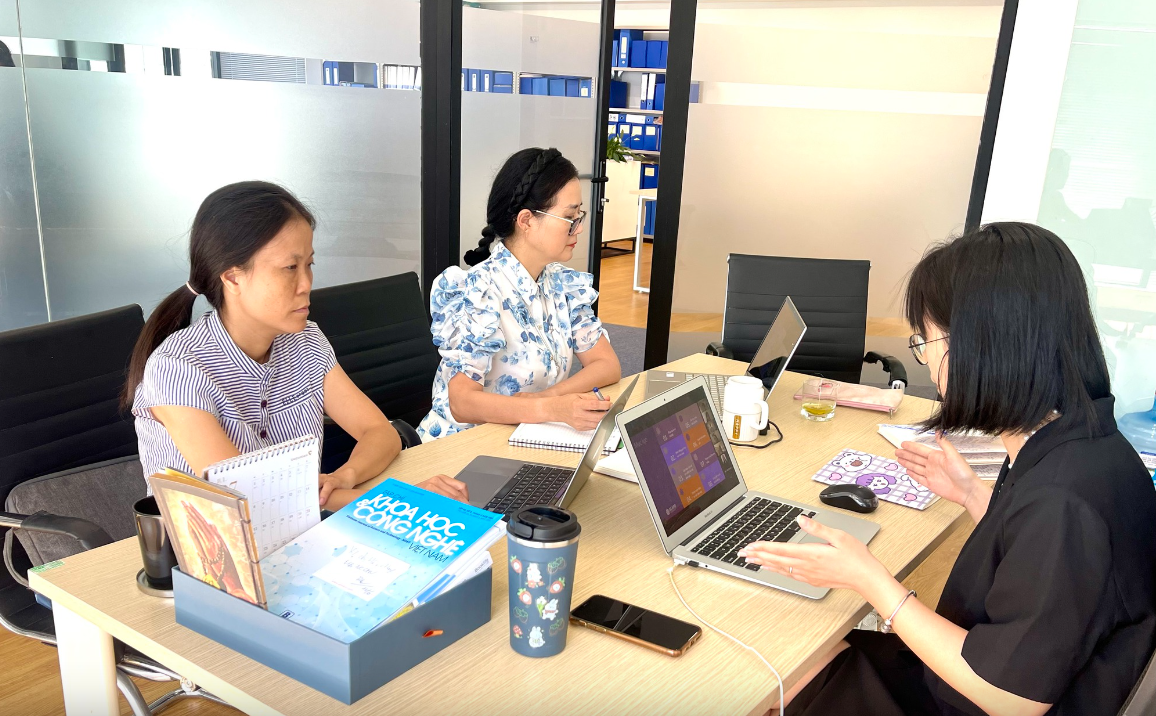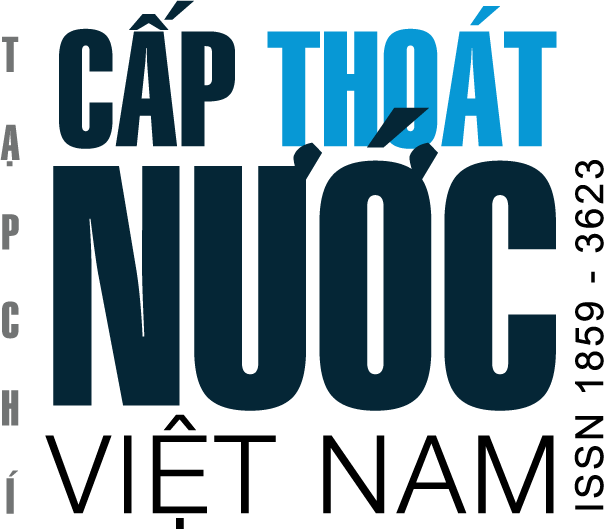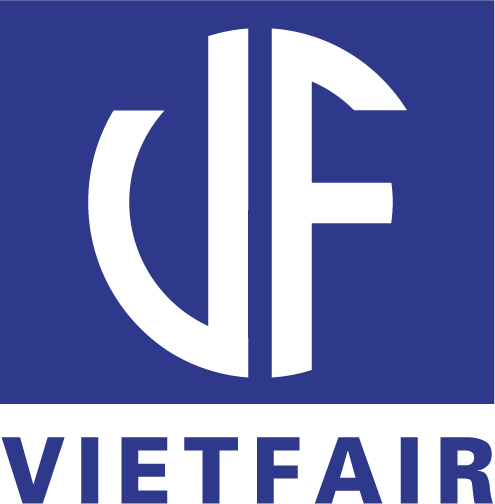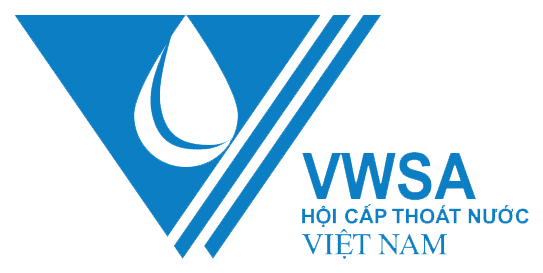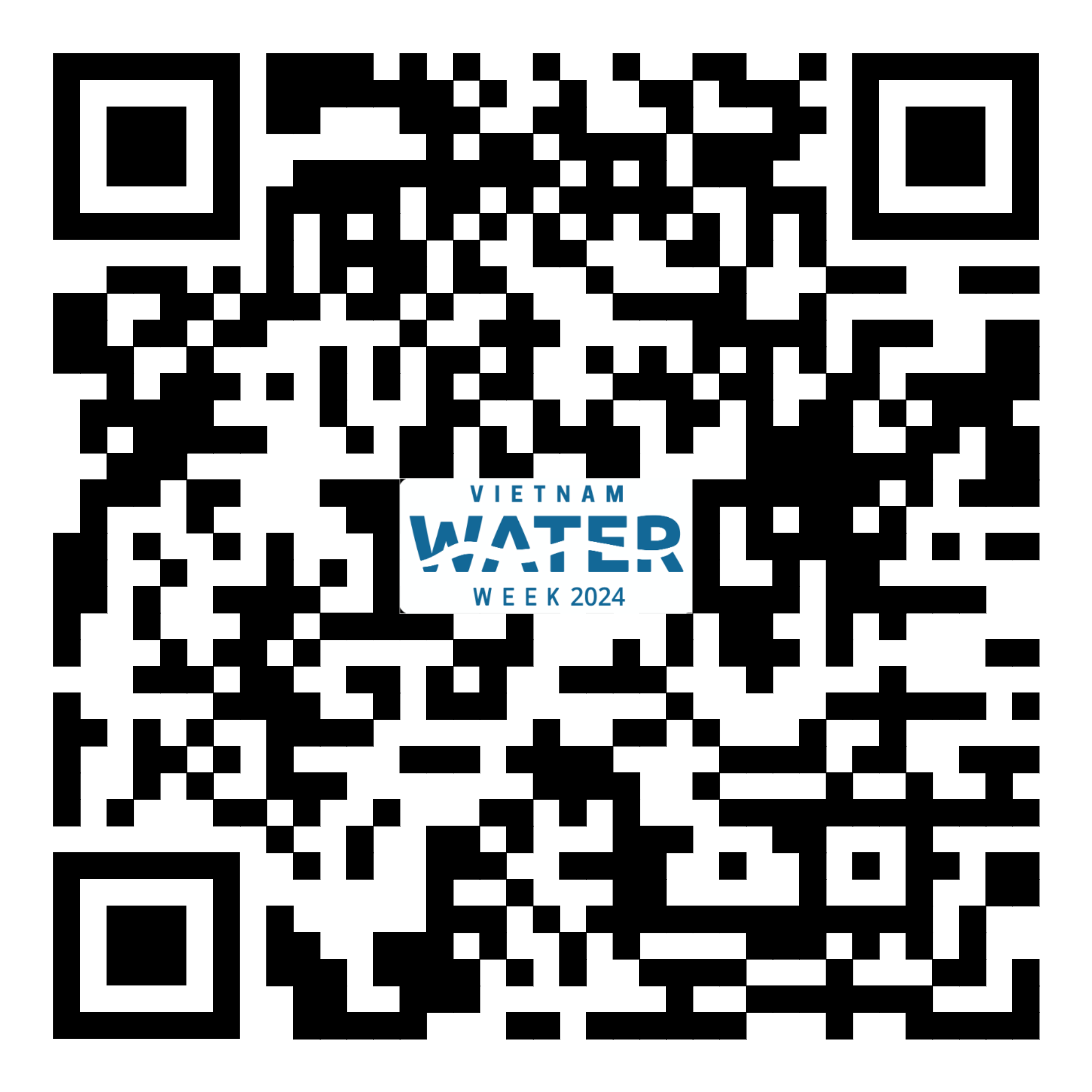Applying the gender equality assessment tool - GEARS in water sector enterprises
On the morning of July 4, 2024, VWSA had a working session with representatives of the Asian Development Bank (ADB) to introduce the GEARS corporate gender equality assessment toolkit.
Overview of the working session
Participating in the discussion were Ms. Ha Thuy Hanh, Deputy Director of the Institute for Water Supply and Environment (CTN&MT); Ms. Chau My Linh, representative of ADB and a number of water industry enterprises in Vietnam.
At the meeting, ADB representatives presented GEARS - a toolkit for assessing gender equality in enterprises and the results achieved when applying this toolkit in enterprises.
GEARS is a tool and certification developed by the Australian Government’s Workplace Gender Equality Agency (WGEA) and adapted by the Vietnam Gender Equality Organization (VBCWE) to the reality in Vietnam. This toolkit has been applied in a number of large enterprises in the Philippines and Indonesia. GEARS helps identify gaps in 10 priority areas related to management, training of staff, employees and gender issues in enterprises and enhancing the role of women in the community. Enterprises participating in the assessment will be consulted on issues related to building strategies, policies and solutions to help improve gender equality in the workplace.
Some priority issues that GEARS assesses
According to Ms. Ha Thuy Hanh, Deputy Director of the Institute of Natural Resources and Environment Research, gender equality in the workplace is when everyone, regardless of gender, can access and enjoy equal access to resources, opportunities and benefits to progress and succeed at all levels of the organization. In addition, Ms. Ha Thuy Hanh emphasized that the issue of gender equality in the workplace needs to be focused on and popularized more in businesses and organizations. Leaders in organizations and businesses need to have policies to promote gender equality, thoroughly address sexual harassment and gender discrimination, etc.
Businesses need to develop a gender equality strategy in the workforce such as: aiming for gender balance in the workforce, providing family benefits for everyone, regardless of gender, creating a corporate culture that promotes gender equality, ensuring equal access to professional development, eliminating bias in recruitment, talent management and succession planning, preventing harassment and discrimination, training and promoting gender equality in the workplace.
Using the GEARS tool to assess gender equality in the workforce is the first step in a company’s journey towards gender equality in the workplace – one of the preliminary assessments that will inform the implementation of an overall gender equality strategy in the workplace. The analysis will help businesses review the gender balance and labor movement trends in the company. Evaluate the company’s policies and implementation against practices at other leading companies.
Ms. Chau My Linh, ADB representative, presented about the GEARS tool.
According to Ms. Chau My Linh, from an economic perspective, gender equality in businesses helps improve commercial results for organizations, increase innovation, resilience and reduce risks, actively contribute to brand building, reflect a diverse market and create competitive advantages for businesses.
The GEARS assessment process involves answering “Yes” or “No” questions across 10 key areas of gender equality and the final score will indicate the current status of gender equality in the enterprise. GEARS also collects human resource data to assess the impact of gender equality strategies and practices on gender participation in the enterprise. VBCWEB supports enterprises in analyzing the data and writing a report on the assessment results, providing recommendations, time frames and resources needed to improve the current status of gender equality in the enterprise.
At the end of the working session, Ms. Ha Thuy Hanh assessed this as an effective method and expressed her hope that the GEARS tool will be widely disseminated to businesses and organizations to promote gender equality in the workforce.
Tuong Thu
